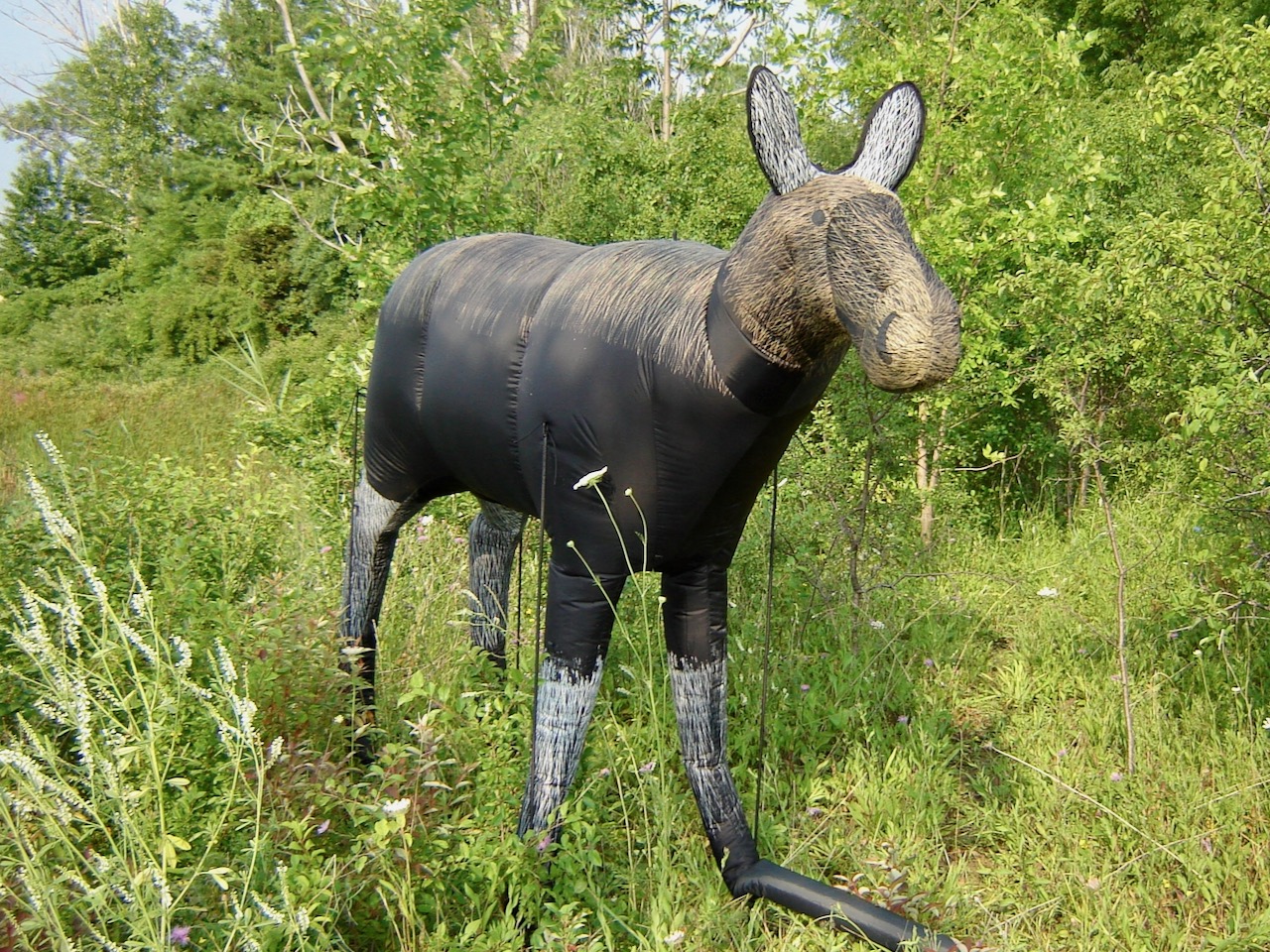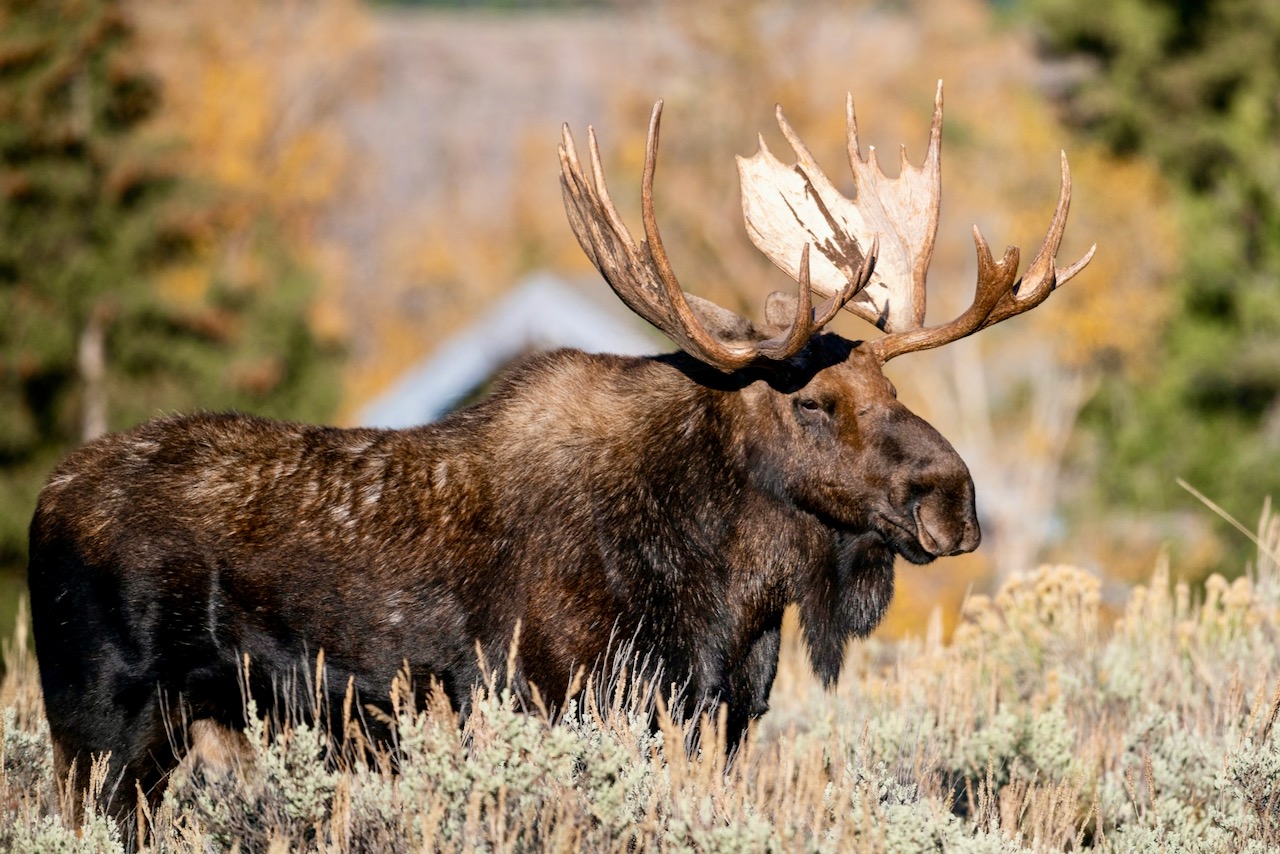MANIPULATING MOOSE
How to completely outwit a bull into thinking you’re a cow, and lure him into range
Advertisement

#4 DECOYING
During September and October, the addition of a decoy exponentially improves the chance of drawing a moose out from thick cover when there is an extended line of sight, such as across a lake, grassy wetland or logged cutover. This tactic sidesteps the dreaded hang-up, typically at roughly 120 yards, when the bull waits for the cow to come to him. A visual display of a possible mating partner triggers a surge of hormones in a bull, driving him into a virtual trance. His eyes will roll back and glaze over a little, and he’ll start swaying to display his headgear.
Decoy options include inflatable 3D models that can be partially deflated and refilled via remote control to replicate physical movement. Also effective is a wooden frame covered with faux black or dark-brown fur, due to fibres that move and reflect light in a realistic fashion. Add a Styrofoam head and taxidermy glass eyes to seal the deal.
Advertisement
Alternatively, you can purchase a 2D fabric decoy printed with the realistic image of a cow. Or you can create a silhouette cut-out from board insulation or plywood, painted dark brown. Simply anchor it with a single centre pole on a non-binding bracket so it can pivot with the wind (stick some tree branches in the ground on either side to stop it from spinning in a complete circle). And to impart some timely movement on the decoy, add a length of fishing line as a tether. The drawback with a 2D decoy is if the bull gets directly in front of or behind it, as it will then appear to the bull as though the cow has disappeared, signalling danger.
In remote settings or fly-ins—during archery season only—I’ll stand-in as the decoy by wearing a dark-brown sweatshirt (with an orange reflector patch on the back) and holding antler replicas. Before I start my call sequence, I’ll also slosh through water, pull grass to mimic feeding and pour water from a horn to simulate the sound of a cow urinating. The late renowned wildlife researcher Vince Crichton and naturalist Gisele Benoit went a step further by adorning papier mâché headgear to effectively interact with moose.

